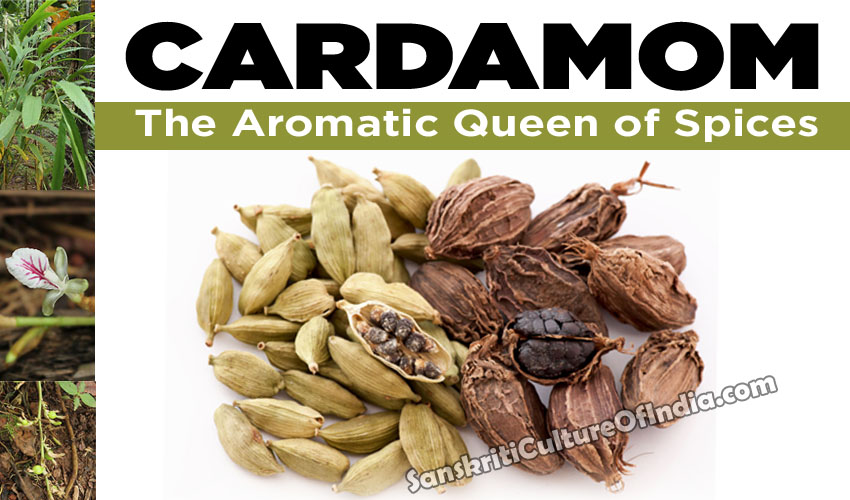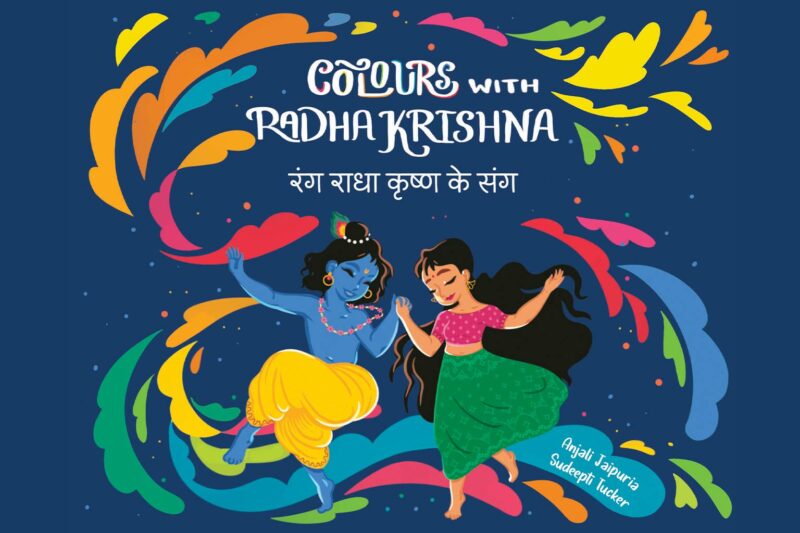[hr}
Prized for centuries, Cardamom’s significant contribution to food, drink, medicines and perfumes has earned its mention in the ancient texts of India. Civilizations have adapted its properties to enhance their traditions and enrich their culture. The charismatic Cardamom finds it way in the legendary Arabic coffee- ghawa as well as Scandinavian cakes and bread which reminded European explorers of their homes. The Moghuls made it a requisite for their savory biryani dishes. The Moroccans like it in their sweet drinks while Egyptian’s prefer its fragrance as a mouth freshener. The Russians enrich it their liqueurs with it. But the Greeks and Romans – they simply loved its perfumes
The cardamom plant is perennial, herbaceous, and rhizomatous and has two distinct aerial growths of leaves and flower (fruit) shoots. The shoots bearing the pods spread out on the ground from the base of the plant. The fruits are slightly elongated and globular. It thrives in high altitudes above 1000m. This shrub – a member of the ginger family Zingiberaceae finds it home in the tropical rain-forest parts of southern India where the flattering environment brings out the finest in this queen of spices.
Indian Cardamoms satisfy the two main purpose of food – taste & health. The floral and fruity aroma appeals to the taste buds of even the most discerning connoisseur even as the penetrating odor of cineole works as an anti allergic and antiseptic. Undeniably – a perfect gift from Nature to mankind.
Cardamom finds it references in Ancient Sanskrit Texts under the name “Ela”. The ayurvedic texts of Charaka, Samhita and Susrutha Samhita written in the post-epic period (1400-1600bc) finds repeated mention of Cardamom.
Arabs were the major traders of Indian spices who successfully hoodwinked the Mediterranean merchants by hiding the origins of spices including cardamom a secret. Historians like Pliny thought that cardamom was produced in Arabia. This belief remained till the discovery of the sea route to India by the Portuguese. This event marked the beginning of disintegration of the Arabian spice trade monopoly. The European colonizers were more interested in the procurement of black pepper and ginger which prompted more production of these two crops during the sixteenth century-eighteenth century period. Cardamom was considered as a minor forest produce. Only in the beginning of the nineteenth century plantations were established for cardamom cultivation that too as a secondary crop in coffee plantations. But its cultivation spread rapidly in the hilly terrains of Western Ghats and the portion south to the Palghat gap came to be known as Cardamom Hills.
The earliest writings on cardamom growing in India were by those of the officers working for the British East India Company. The most important among such writing was that of Ludlow, an Assistant Conservator of Forests. The other sources were Pharmacographia, Madras Manual and Rices Manual. The system of cardamom collection from naturally growing plants continued till 1803 at least, but in later years the demand became too large, and large scale organized cultivation was started in India and Ceylon.











